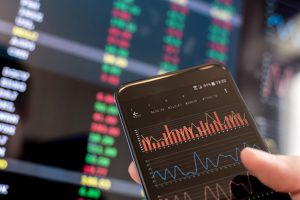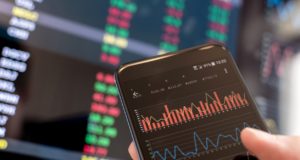What the Stock and Bond Markets are Telling Us


OK, let’s be honest, we never really know what the stock and bond markets are telling us in real time. It is only after the fact, with the benefit of hindsight, that we know what the signal meant. The economy and the financial markets are complex, chaotic systems that defy short-term prediction or analysis. For an example of how short-term noise can obscure the real story, see “Weekend Chart Challenge.”
Having said that, we can still harness economic theory to tell us what “might” be going on. We can tell a story that is not inconsistent with the facts.
First, let’s start with interest rates, inflation, and the bond market. Much in the news lately has been talk of the impending arrival of the dreaded “inverted” yield curve which would portend a coming recession. Normally, long term interest rates are higher than short term rates because long term bond investors need to hedge against the risk of future inflation. Historically, when short rates are higher than long rates, a recession follows within a year or two. Recently, however, both short and long term interest rates have been rising, and for all the right reasons writes Neil Irwin in the New York Times (Interest Rates are Rising for All the Right Reasons). Irwin makes the case that the rise in longer term rates is actually a signal that bond investors believe strong economic growth will continue.
Which brings us to the stock market, which, while up at the moment, has been down 3% – 4% in recent days. The first time in years that we’ve seen that kind of downside volatility. Interest rates have been a major culprit if you believe the headlines. The economic case for blaming interest rates is two-fold: first, when the yield on the 10 year Treasury bond is higher than the dividend yield on stocks, investors might be seduced into leaving the stock market in favor of bonds. The second rationale has to do with theories for how stocks should be priced. One popular approach to determining the “intrinsic” value of a stock is to take a projection of all future dividends and “discount” them back to present value. When interest rates go up, the discount rate goes up, causing the present “intrinsic” value to go down.
But these economic relationships are not set in stone, there are still all those confounding variables. Many times in the past, for example, interest rates have gone up and stocks have also gone up. If interest rates are signaling future economic growth, stock investors may still determine that there’s more upside to be had by staying in the market. Again, anything we observe in a given day, week, or month is more noise than information (again, see Weekend Chart Challenge for a good example of that).
So, by all means enjoy all the theories for recent volatility, but take some time to enjoy a long walk as well.
